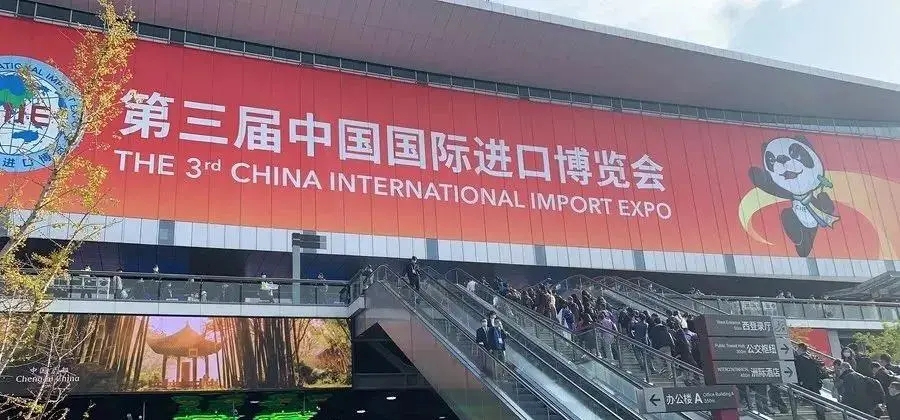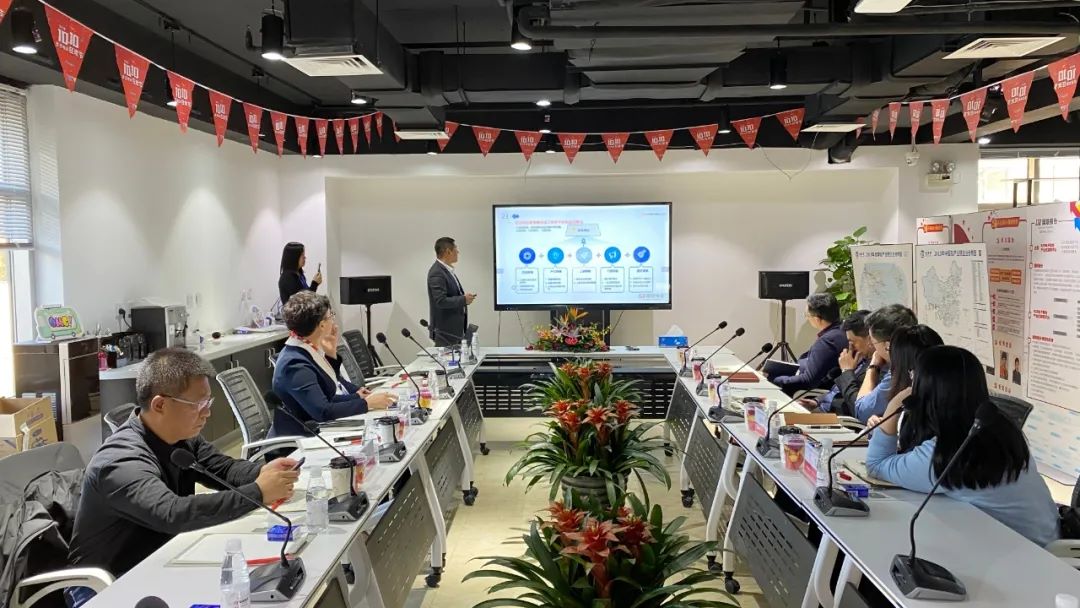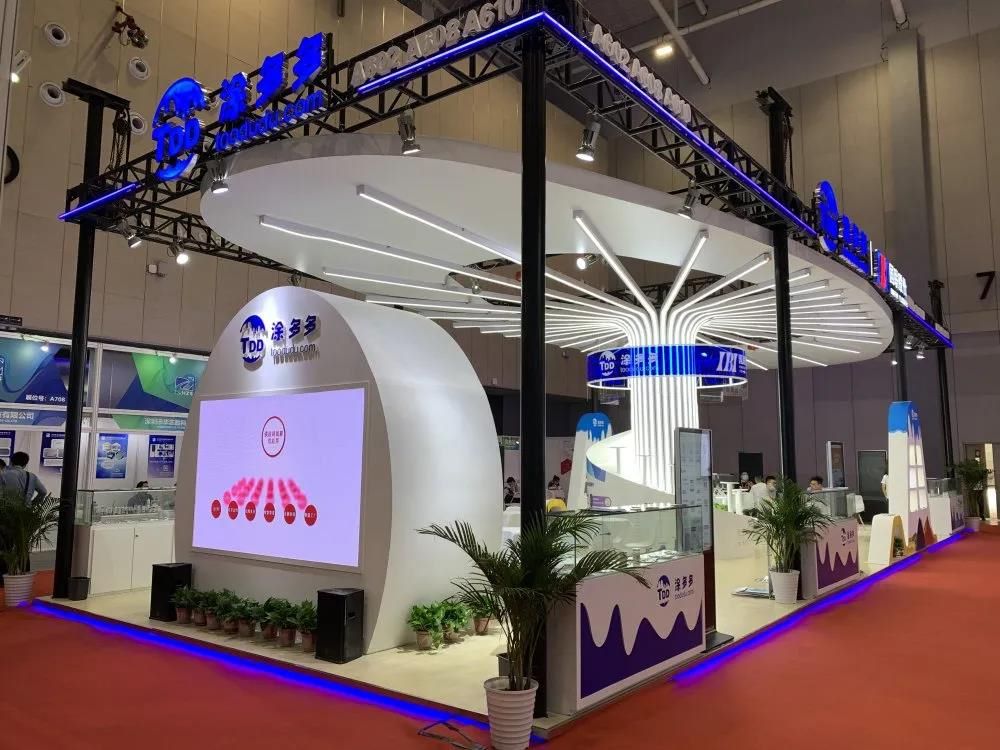On April 23, 2025, the global rubber market showed an intensified supply-demand game and price fluctuations and differentiation.
Supply side: differentiation among major producing countries and weather disturbances
Different harvesting rhythms in Southeast Asian production areas
Major producing countries such as Thailand and Indonesia are gradually entering the harvesting season, but production is recovering slowly. Thailand's production in March increased by 1.2% year-on-year, but due to the aging of rubber plantations, the purchase price of raw materials remained high. Due to tree age structure problems, Indonesia's production in April is expected to fall by 9.8% year-on-year, and some producing areas have experienced increased rainfall south of the equator, limiting the efficiency of rubber tapping. Vietnam's production decreased by 1.3% year-on-year, mainly due to the increased willingness of rubber farmers to switch to cash crops.

Data support: ANRPC expects global natural rubber production to increase by only 0.3% in 2025, of which Indonesia's 7% reduction in production has become the biggest drag.
China's Yunnan production area is temporarily tense
Yunnan's harvesting progress is normal, but the output of raw materials during the transition period is limited. Coupled with the impact of local rainfall in mid-April, the spot price rose by 2.3% month-on-month. Qingdao Free Trade Zone inventory increased to 480,400 tons, but general trade inventory was destocked for two consecutive weeks, reflecting the enhanced domestic digestion capacity.
Demand side: differentiation and substitution pressure in the automotive industry emerge
Structural adjustment of tire demand
The operating rate of domestic tire companies decreased month-on-month, with semi-steel tire capacity utilization rate of 78.07% (year-on-year + 2.34%) and full-steel tire capacity utilization rate of 65.41% (year-on-year + 3.35%), but some companies took the initiative to reduce their load due to inventory pressure. The global automobile market presents the characteristics of "strong new energy and weak traditional": China's new energy vehicle sales exceeded 1 million in March (year-on-year + 36%), but the United States is affected by policy uncertainty and light vehicle demand is expected to increase by only 1.7%.
Risk warning: LG's cancellation of the US$7.7 billion battery project in Indonesia may delay the release of rubber demand in the new energy vehicle industry chain.
The substitution effect of synthetic rubber is enhanced
The domestic synthetic rubber output increased by 18.1% year-on-year, and the capacity of butyl rubber expanded by 9.6%. Combined with the decline in butadiene prices, the substitution ratio of synthetic rubber to natural rubber increased to 38%. However, crude oil prices rebounded to $63 per barrel (WTI), limiting the room for further price cuts for synthetic rubber.
Inventory and cost: slow destocking and cost support game
Global inventory fluctuates at high levels
Qingdao's total social inventory was 1.3829 million tons (month-on-month + 0.57%), dark rubber inventory increased by 1.94%, and light rubber decreased by 1.49% due to tire factory restocking. Bonded area inventory fell slightly by 1,300 tons, but was still 12% higher year-on-year, reflecting that overseas supply pressure has not been fundamentally alleviated.
Multiple factors on the cost side are intertwined
US dollar exchange rate: Fed rate hike expectations have increased, and the US dollar index has risen to 103.5, suppressing rubber prices denominated in US dollars.
Crude oil price: Brent crude oil rebounded to $66.95 per barrel, pushing up the cost of synthetic rubber and indirectly supporting the price of natural rubber.
Freight: The Baltic Dry Index (BDI) rose by 15%, and the cost of sea transportation from Southeast Asia to China increased by $0.8 per kilogram.
- On April 23, 2025, the global rubber market showed an intensified supply-demand game and price fluctuations and differentiation.1008
- Nexans is making efforts to build its own tire testing center1026
- Check out the latest sales data of truck tires992
- On April 22, 2025, the global rubber market showed a pattern of mixed long and short positions, and prices continued to fluctuate weakly1514
- New energy truck tires: future star or industry waste?1039









